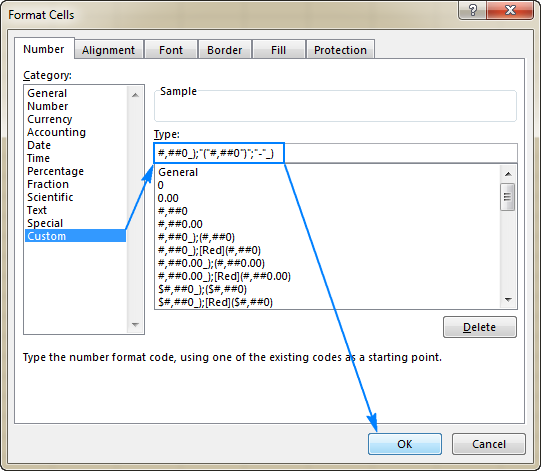

If you’re in any kind of analytics role where the integrity of your data is important, then this is a great trade-off between good presentation and preserving your raw data. The main benefit is that you can alter the appearance of your data without changing the actual values themselves. Why use the Custom number format at allīut before we dive into the examples, why even bother with the Custom number format anyway? The important thing to realise is that you can create your own completely unique Custom number format instead. They all refer to specific ways that you can format your data in Excel, and by the time you’re finished reading this post, you’ll understand what all of those characters mean. Whoa – there are a lot of crazy looking characters in that box on the right! Next, in the Number tab, you should see “Custom” in the list of categories on the left: To take advantage of all the good stuff in this guide, you’ll need to find where this magical Custom number format option is.įirst up, hit Ctrl + 1 to open up the Format Cells dialog box. The Custom number format is a flexible formatting option that allows you to create your own specific formatting types. Introducing the Custom Number Format in Excel




 0 kommentar(er)
0 kommentar(er)
